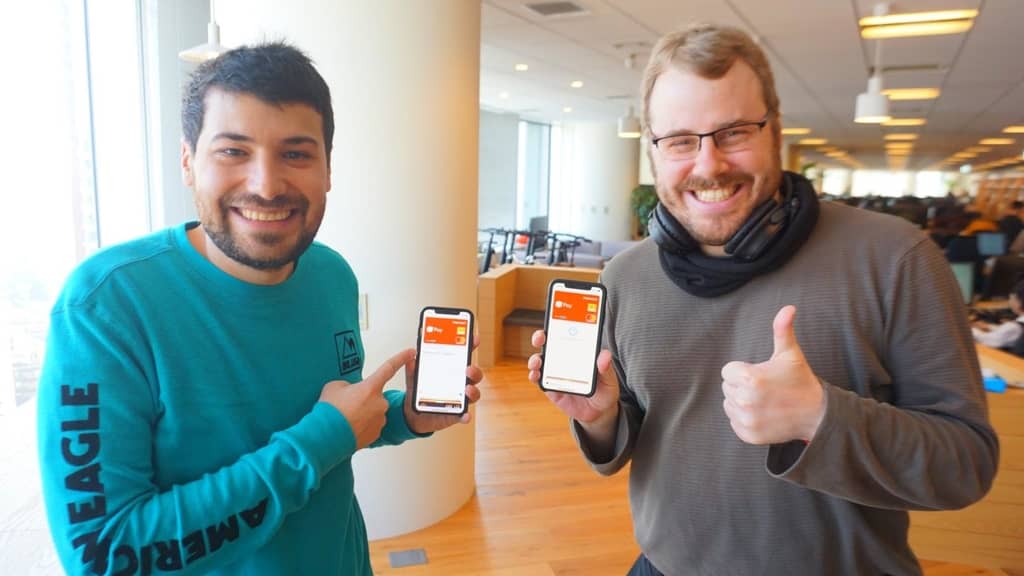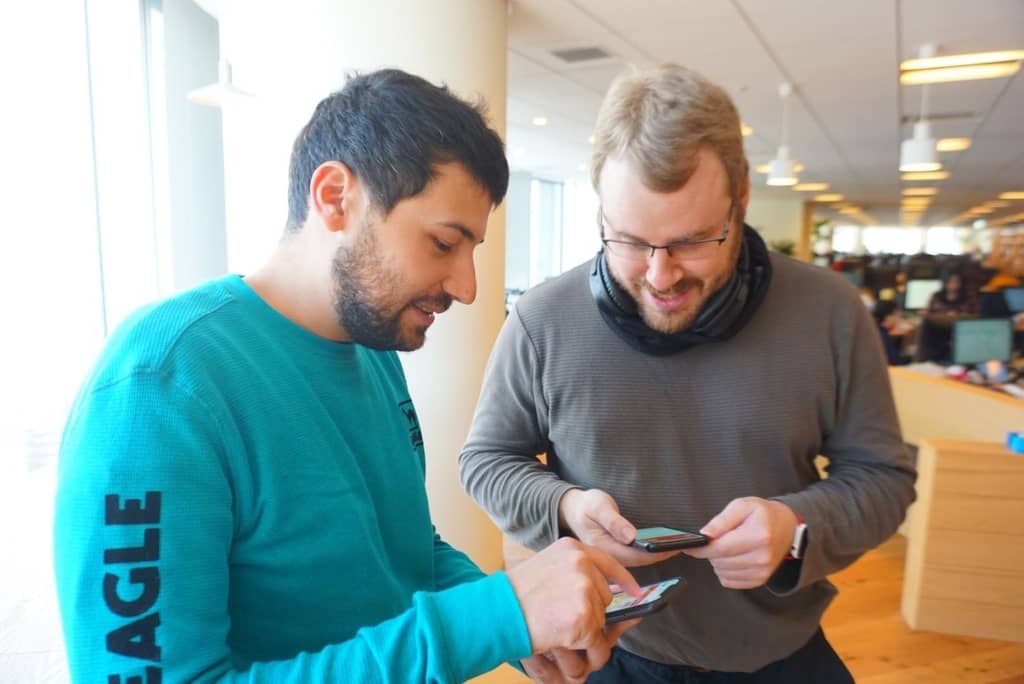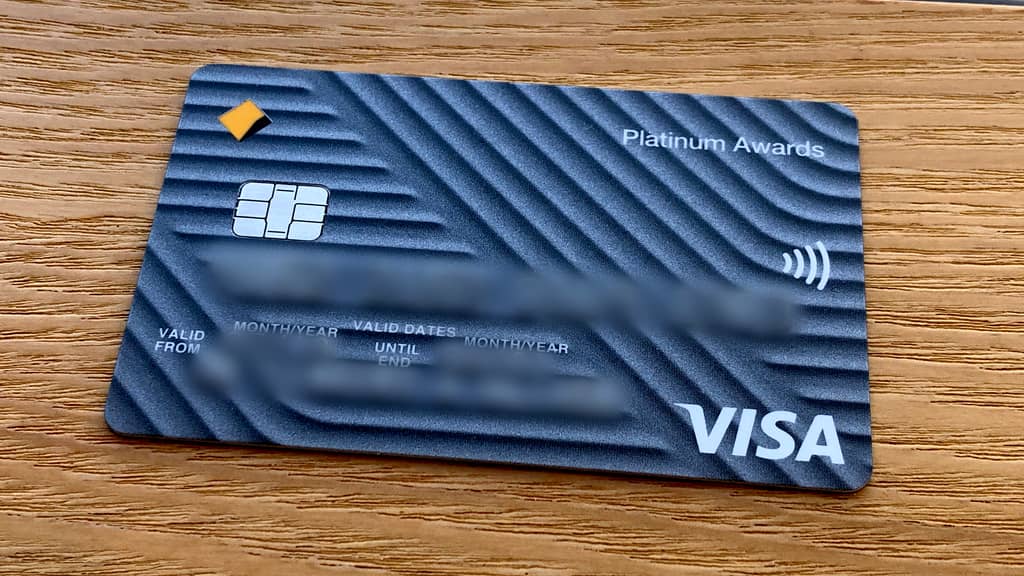Hi, I’m Kayoreena from Engineering Gateway2!
Two weeks ago, we launched the electronic fund transfer system Merpay! A lot of members have been involved in the Merpay project, so everyone’s thrilled to see it released.
In Japan, many Japanese people know about electronic fund transfer systems, but very few people actually use them. According to a report published by Japan Bank in June 2017, only 6% of people in Japan use electronic fund transfer systems.
In this article, I asked some global members about what fintech is like in their countries.

Mustafa & Tim
Mustafa, an iOS engineer from Lebanon, told me about fintech in his home country.
Mustafa : I think Japan developed a good infrastructure for electric money and financial technology compared to Lebanon. I can see a lot of merchants already supporting an NFC payment gateway. Apple Pay is also supported here in Japan while it is not in Lebanon which is a big deal. On the other side, there are many digital wallet/mobile payment services that launched recently in Lebanon such as PinPay, BLC bank HEY!, BBAC Bank CMP app, and Tap2Pay by Bank Audi.
ーHow is using Merpay? Is it easy for you?
Mustafa : Merpay was easy, convenient and robust. I use it everyday, basically whenever I see an iD logo at any store. Personally, that counts to 90% of all purchases I make on a daily basis such as convenience store, charging my Suica card for transportation, restaurants, shopping malls, etc…
ーHow do you think about the future of fintech?
Mustafa: I think the world is heading towards digital currencies but it is not ready for it yet. It’s just a matter of time.

Tim, an iOS engineer from Australia, also told me an interesting fintech story.
Tim: While there are many areas where Japan is far more advanced than Australia, one area where it is not is cashless payments.Australia is very close to becoming completely cashless, where it is no longer to carry cash at all. Even before smartphone NFC payments (Such as Apple Pay, and Google Pay) became popular, most debit and credit cards come with contactless payment capabilities. When using contactless payment, it is usually not necessary to enter a PIN number, or provide a signature, so it is very quick and easy.
ーHow do you think about the future of fintech?
Tim: In Japan, cash is still very much necessary in day-to-day payments. Credit cards can’t be used everywhere, and even when they can, they are slow and always require a signature. For the longest time, the closest thing to contactless payment was the transit services (like Suica and PASMO), but that only worked at train stations and convenience stores.However, this has been slowly changing with the advent of smartphones in Japan. I’m very excited for the capabilities that Merpay is offering. It is not only helping Japan take its first steps into a truly cashless society, but its integration with Mercari also transforms the way we can think of making and spending money.

You can see the contactless payment mark on the right. You can use a credit card just by touching it to the device, like Pasmo and Suica!
Thanks Mustafa and Tim for your cooperation!
By comparing Japan with other countries, we can see what the differences are and what we need to do. Merpay’s challenge in Japan has only just begun.
Please support us in our mission of building trust for a seamless society !
See you again for more #MercariDays (#メルカリな日々)!



